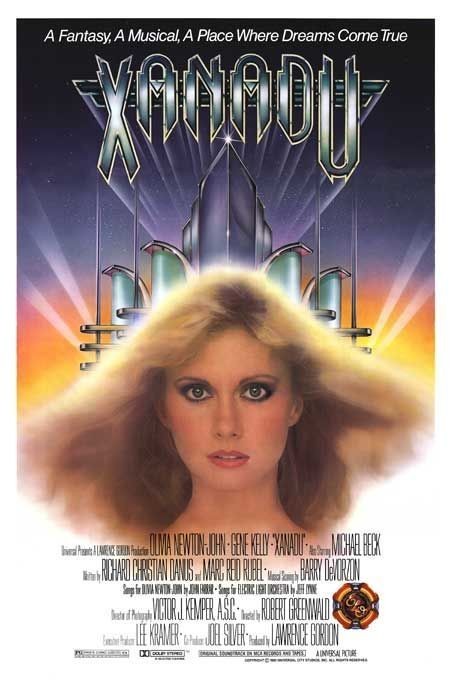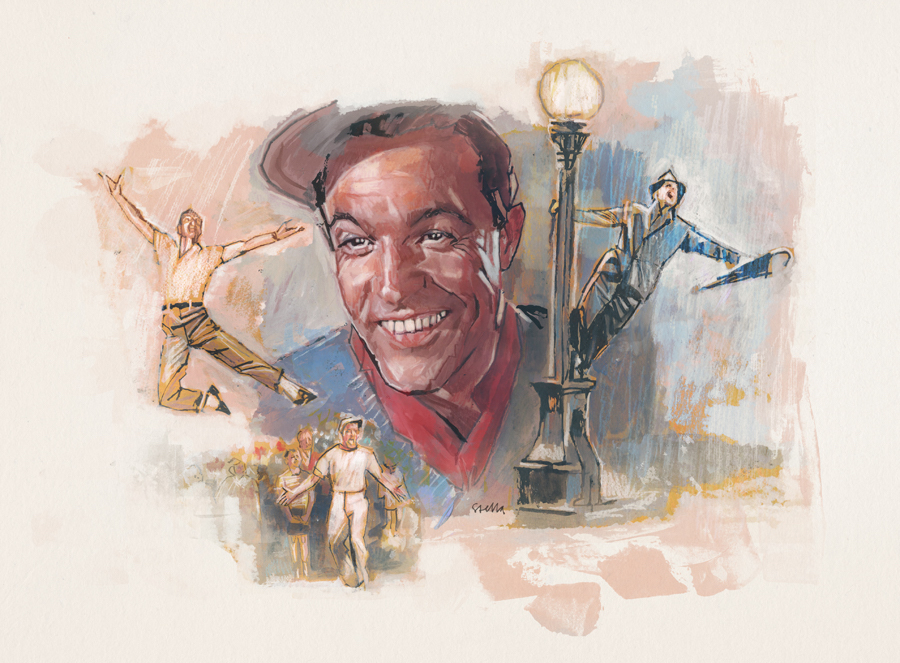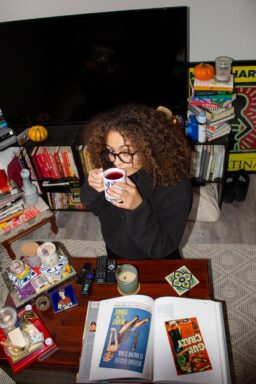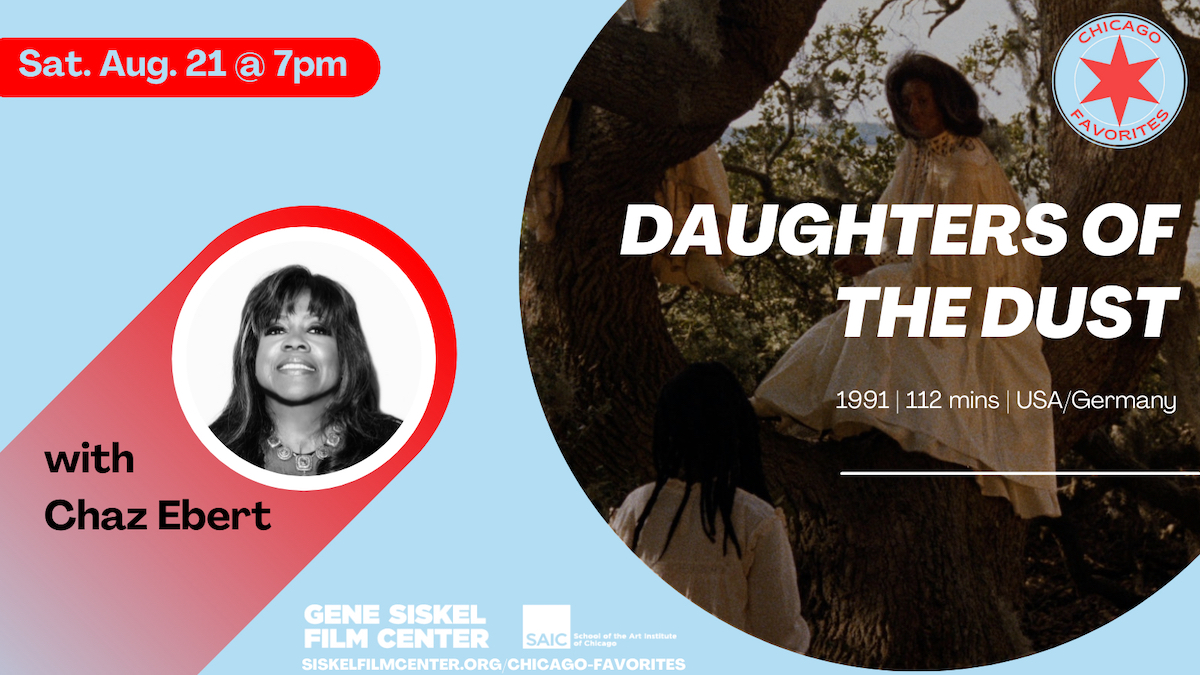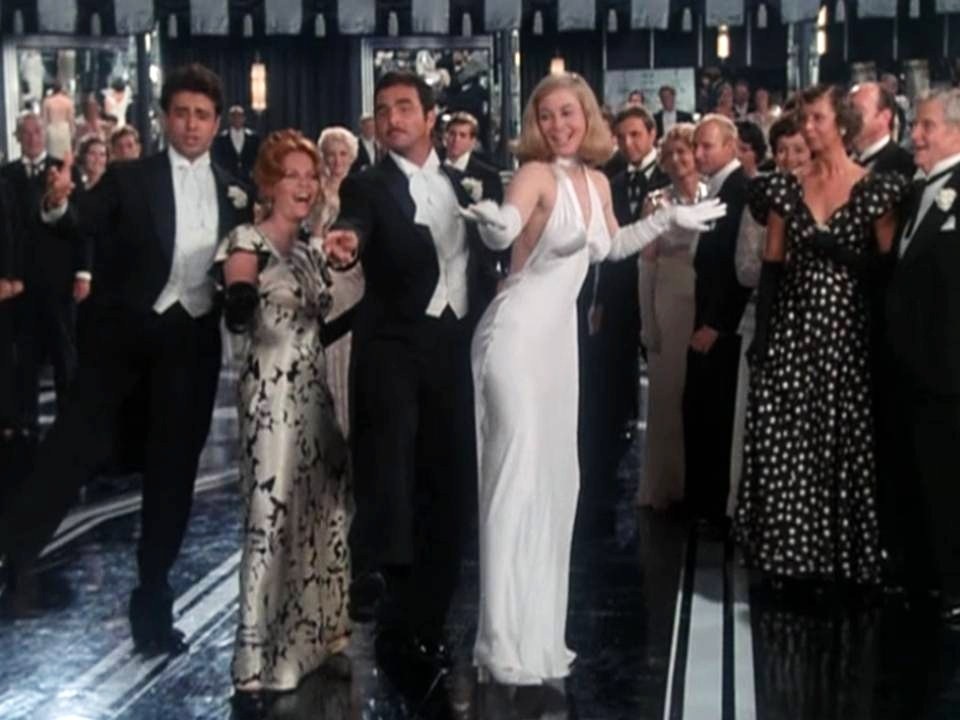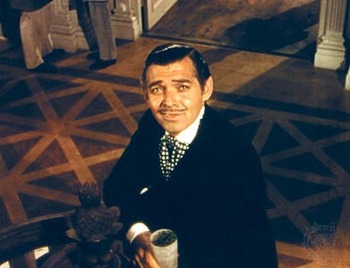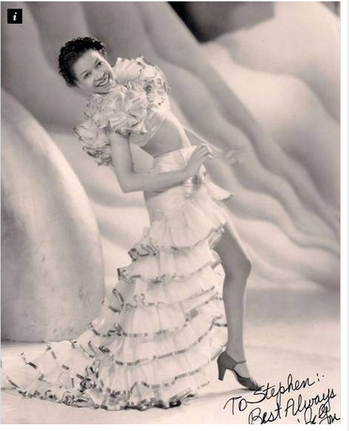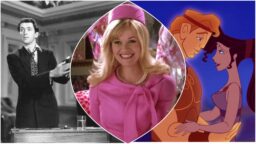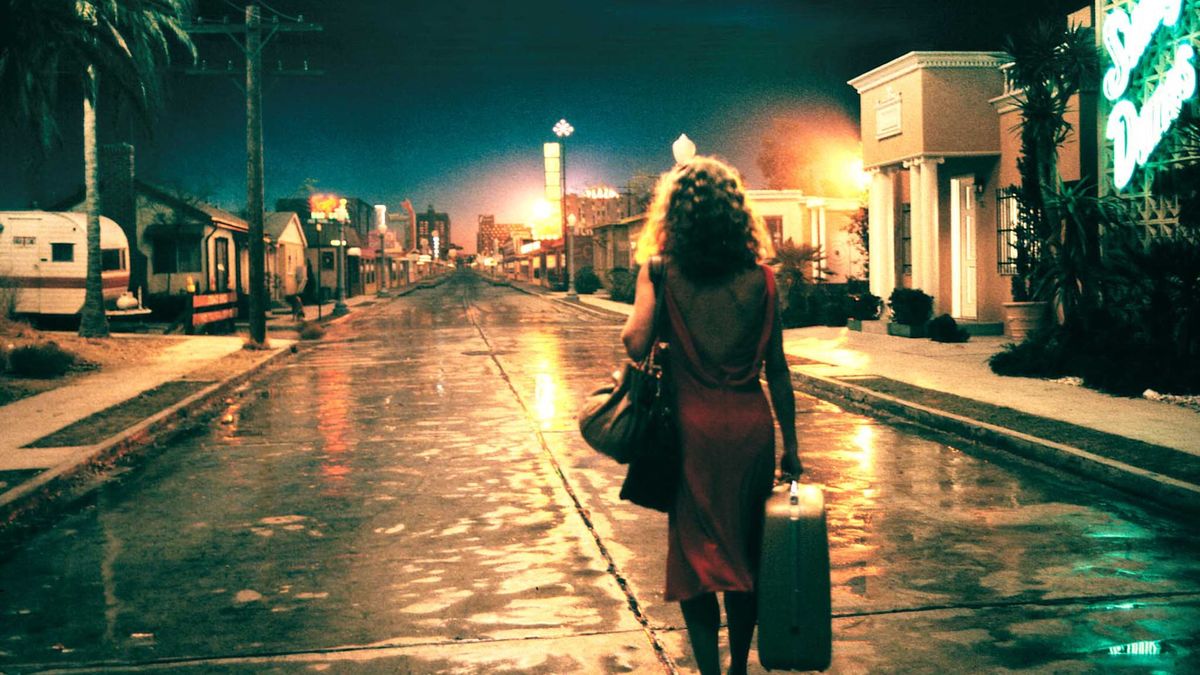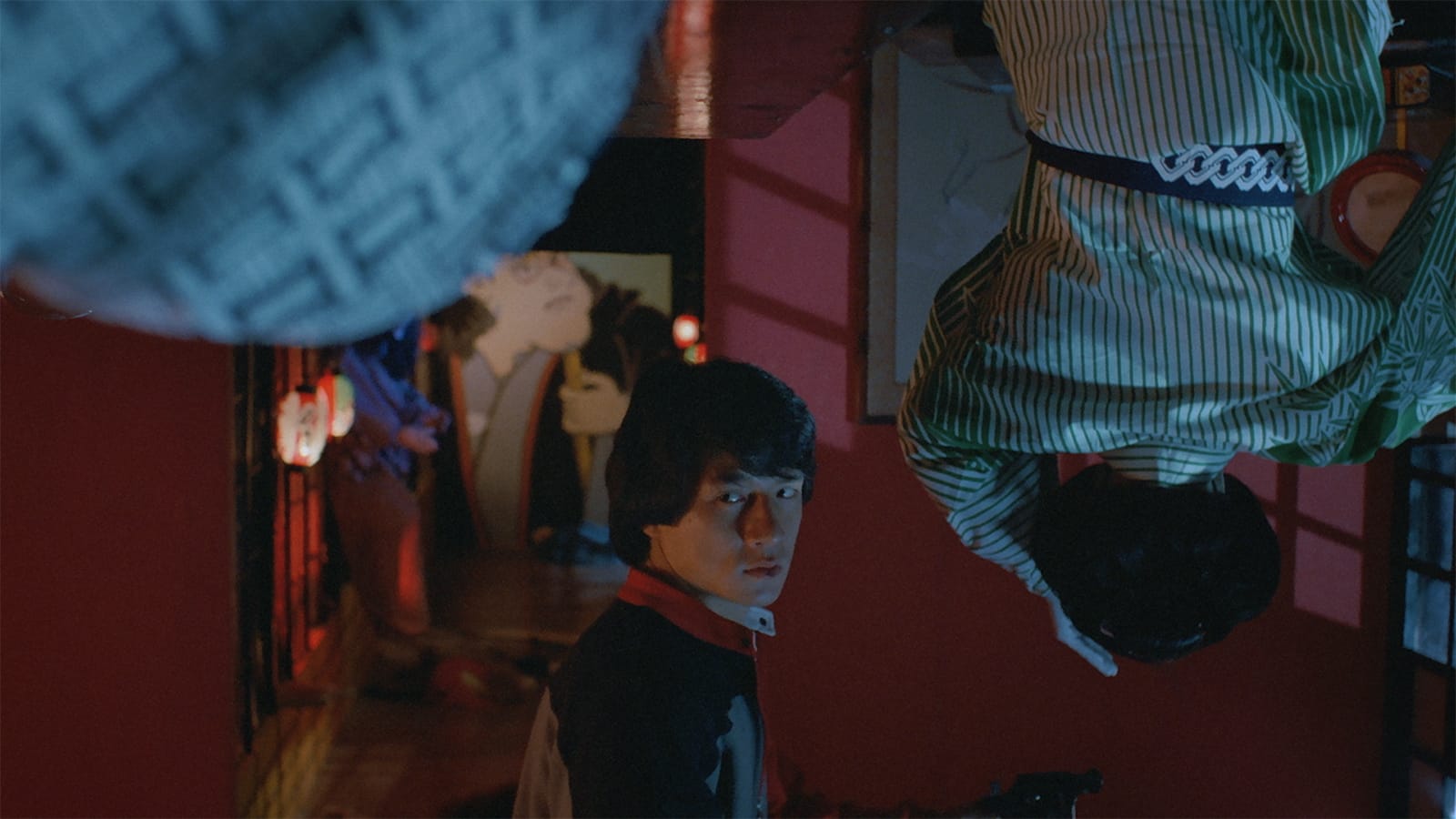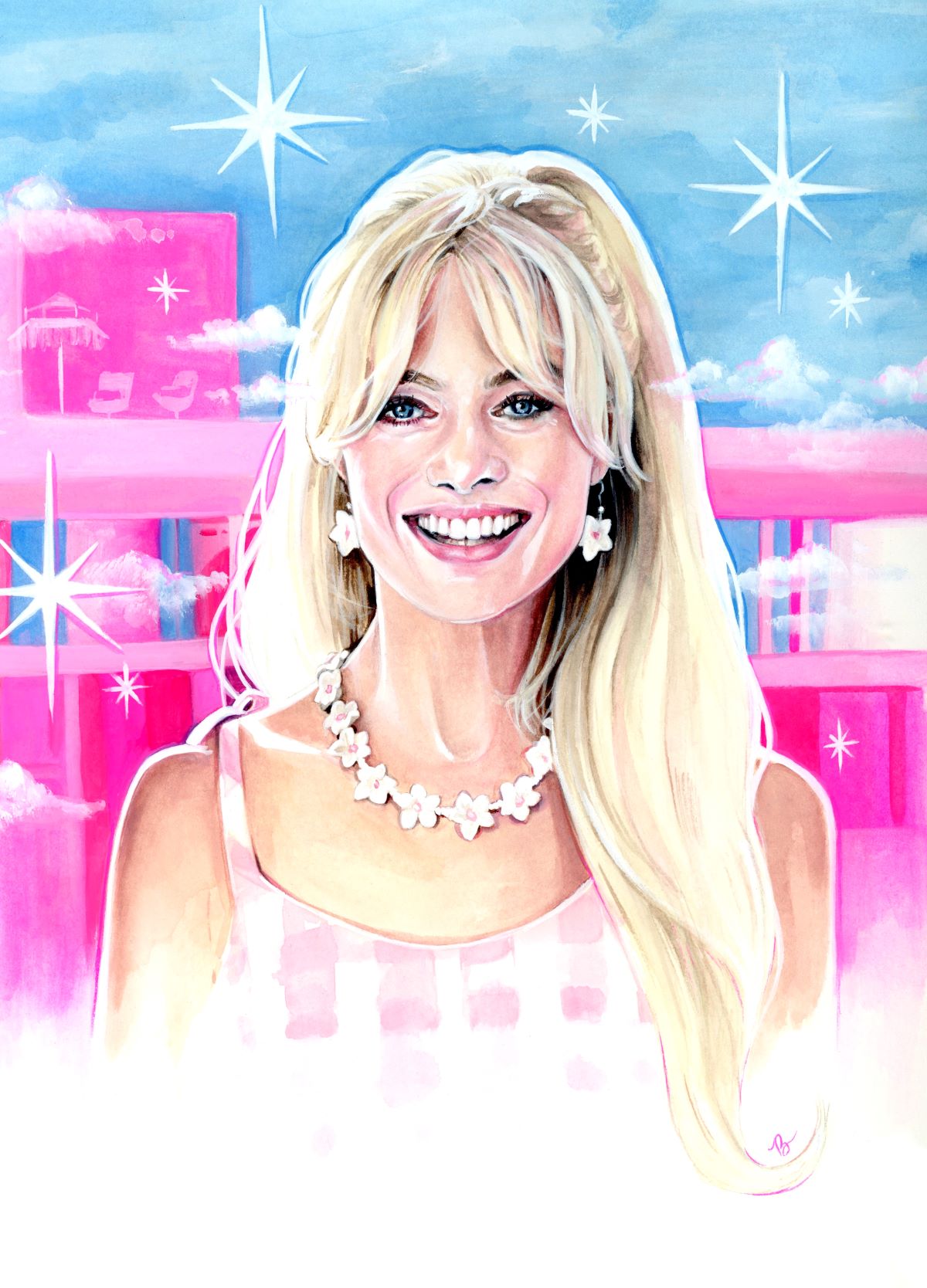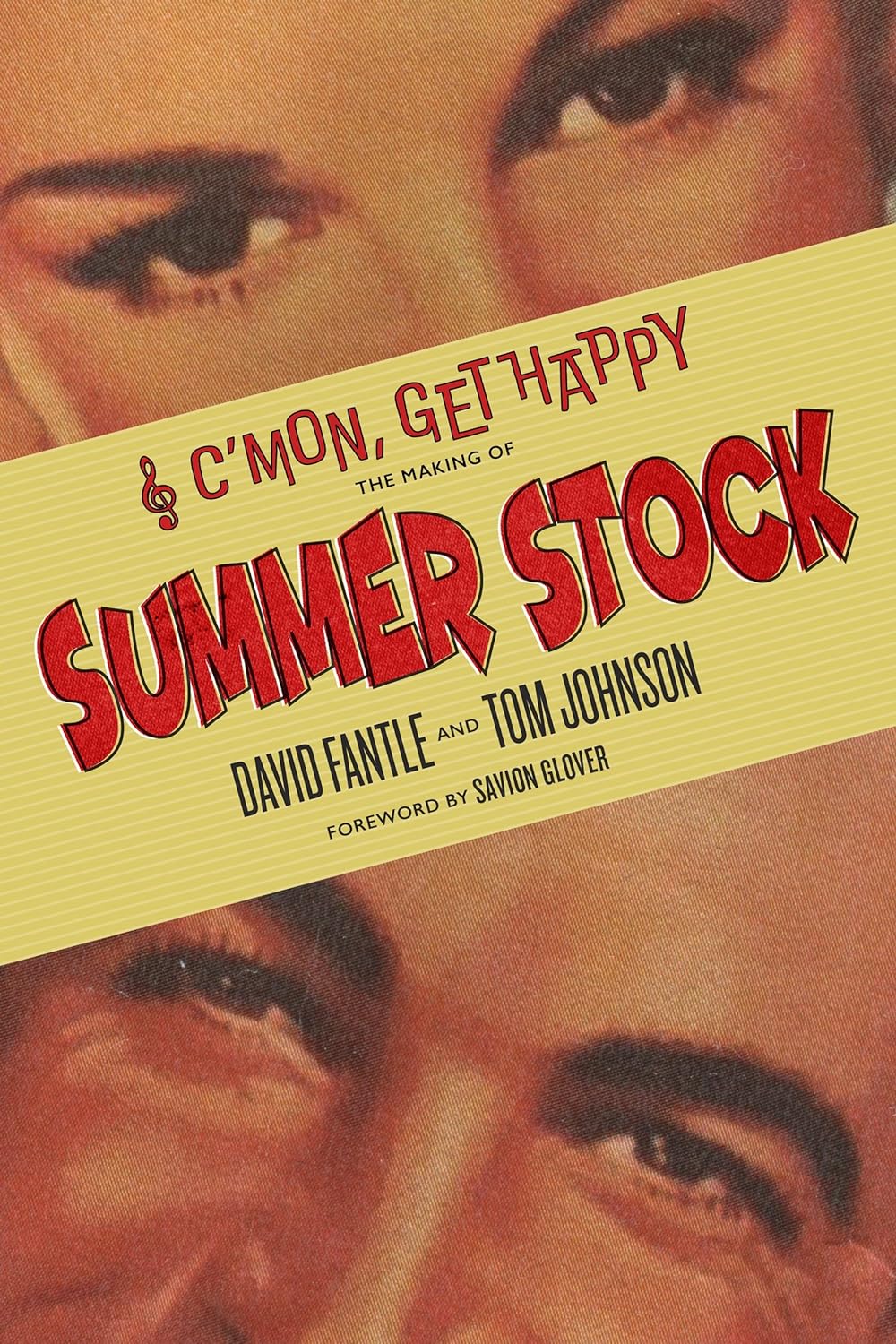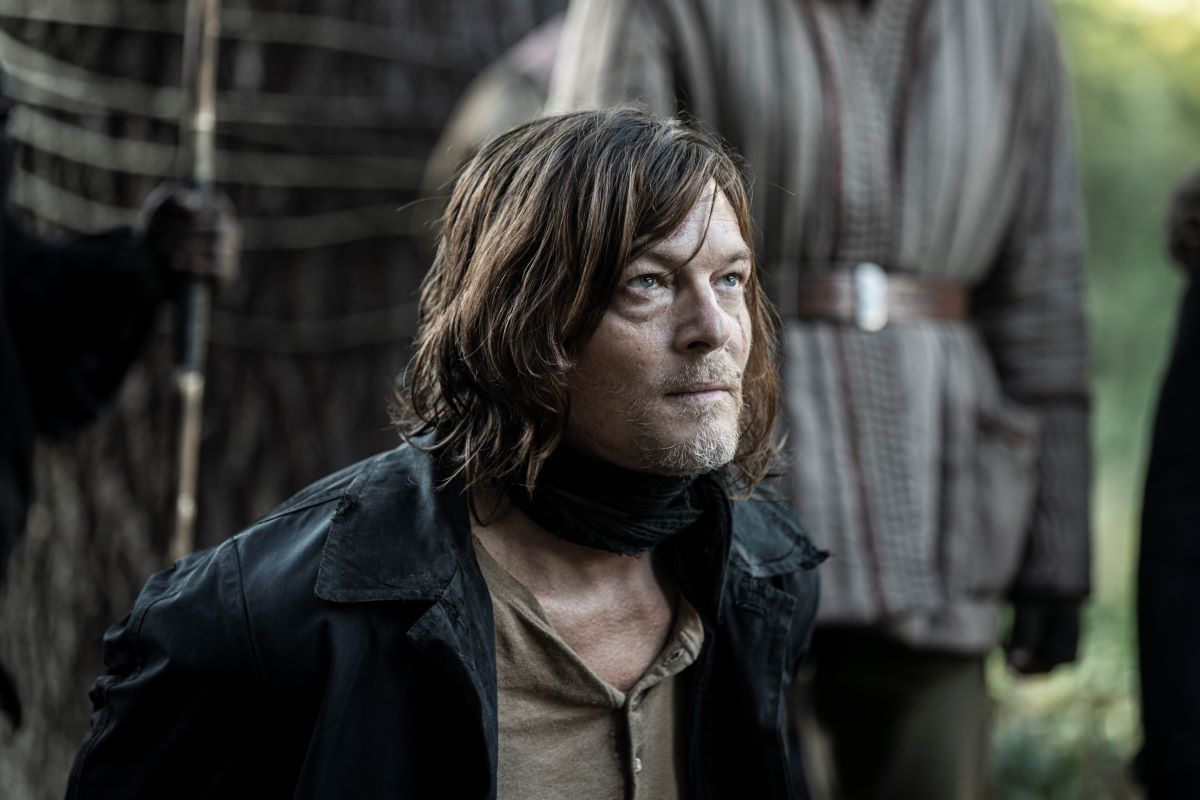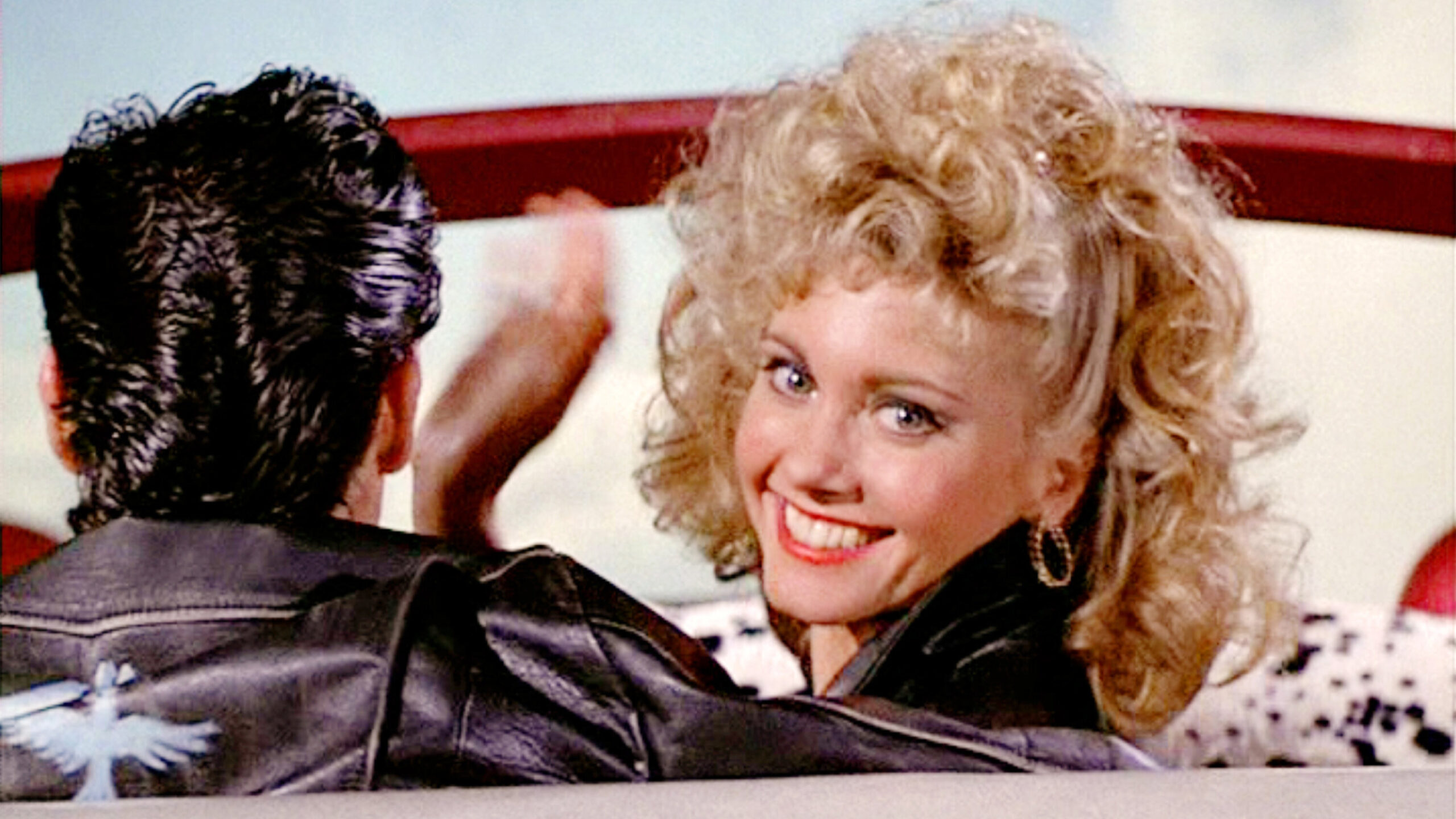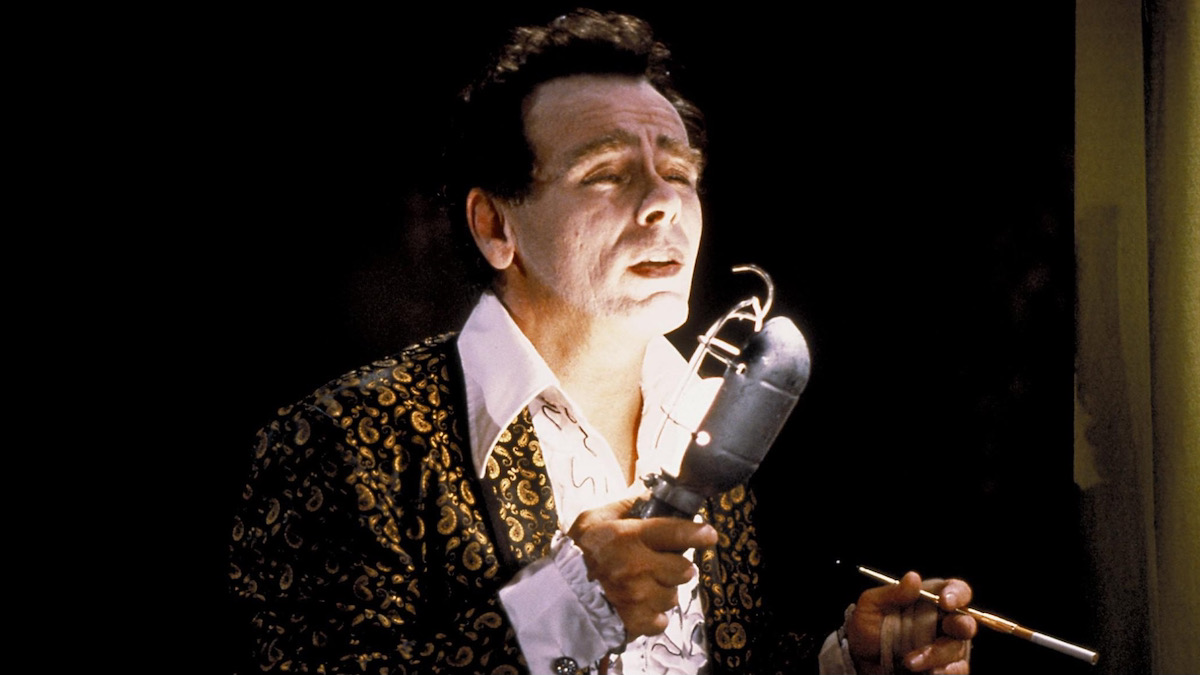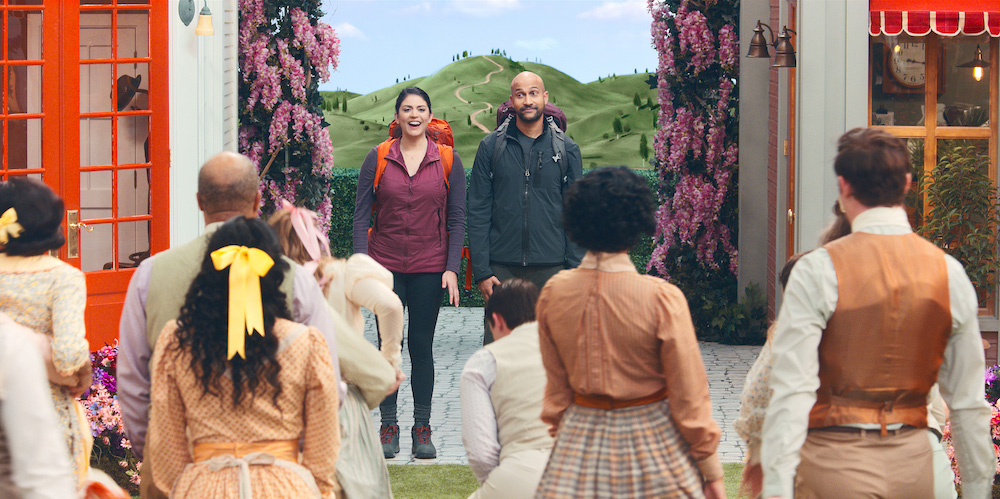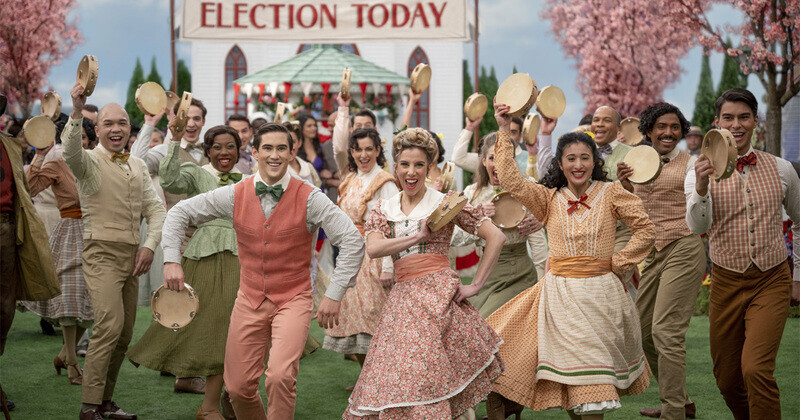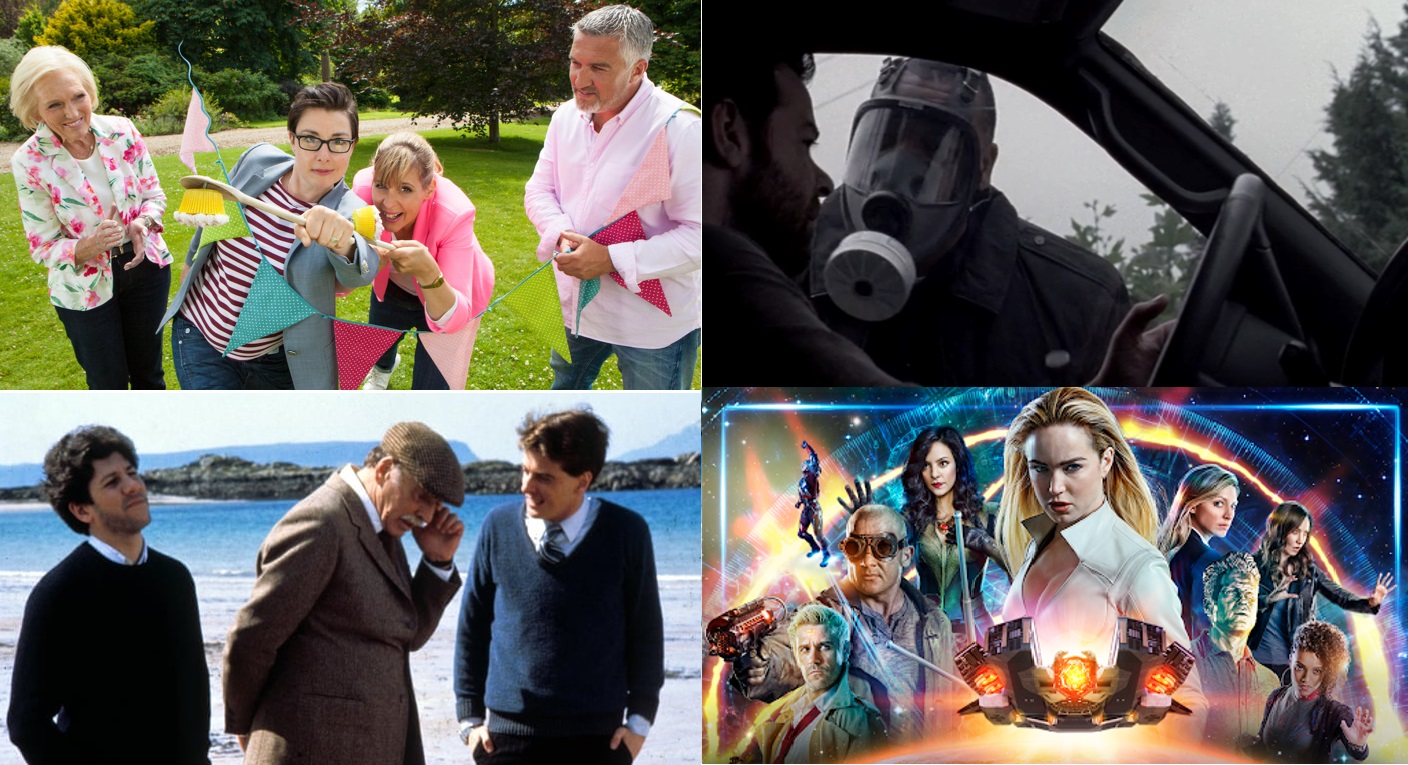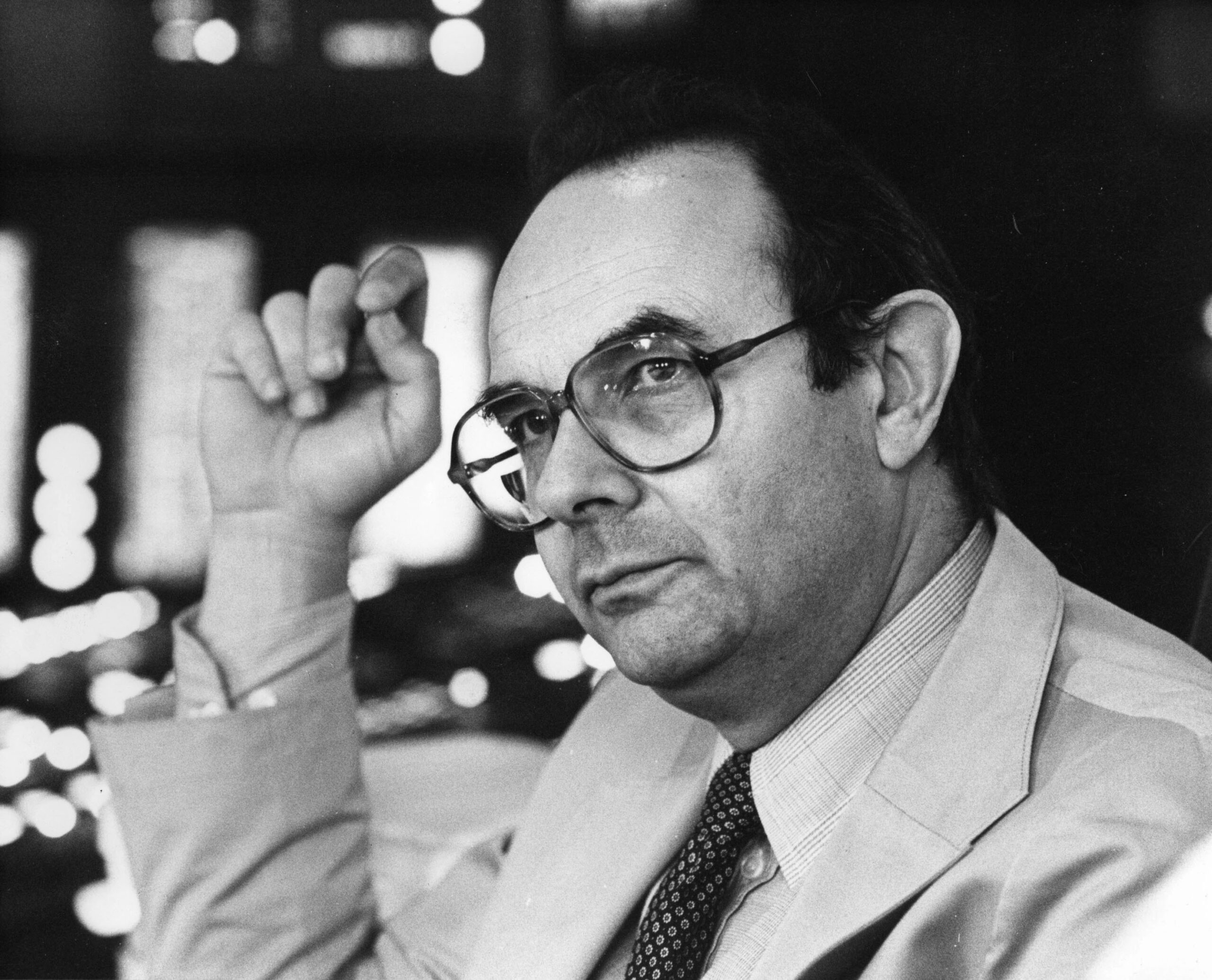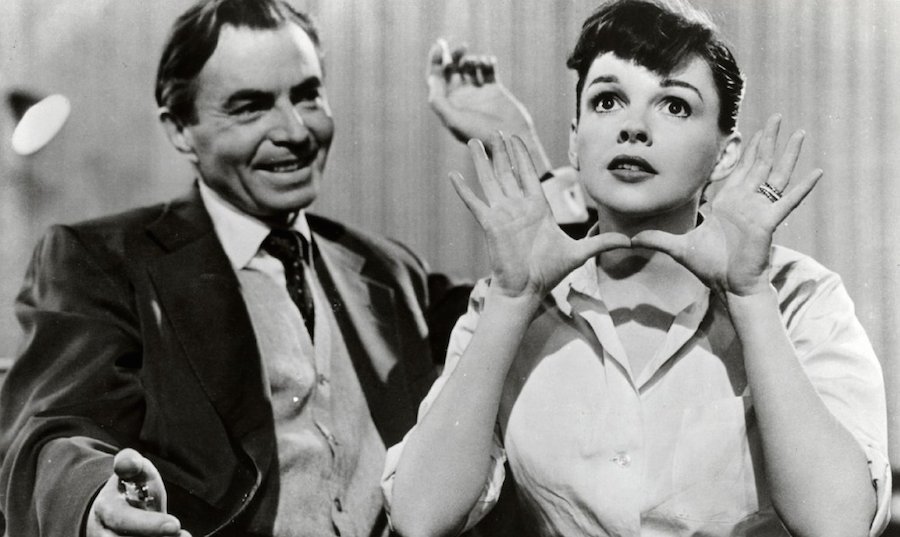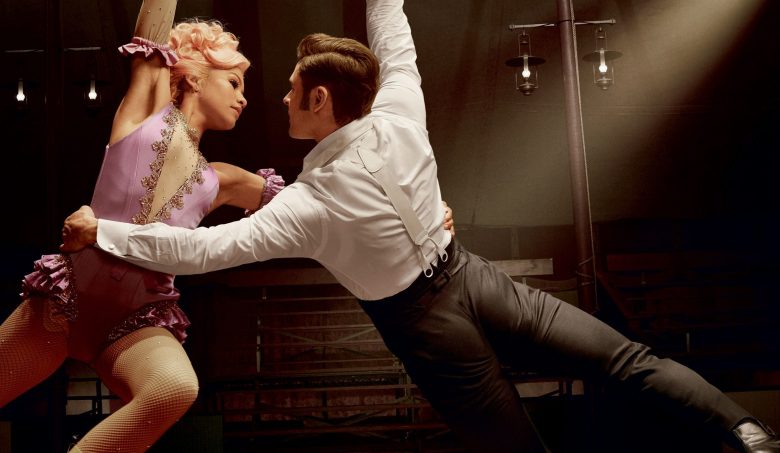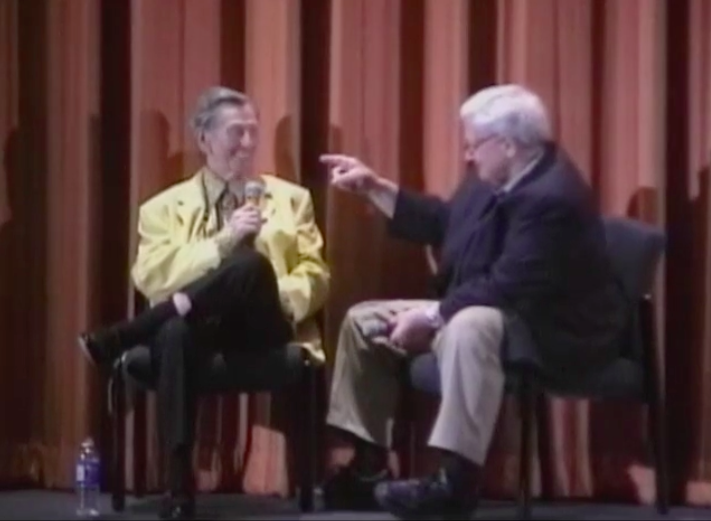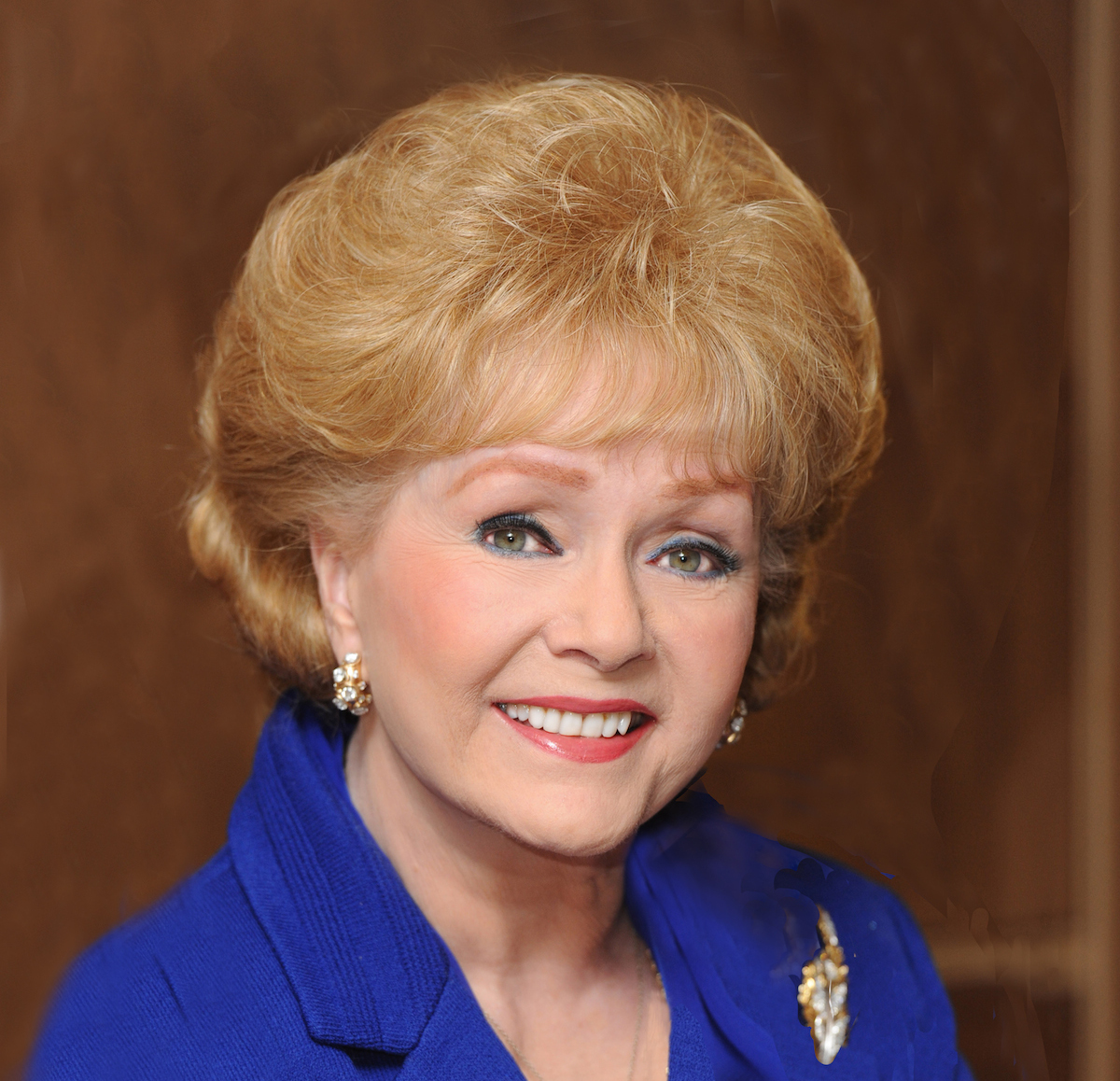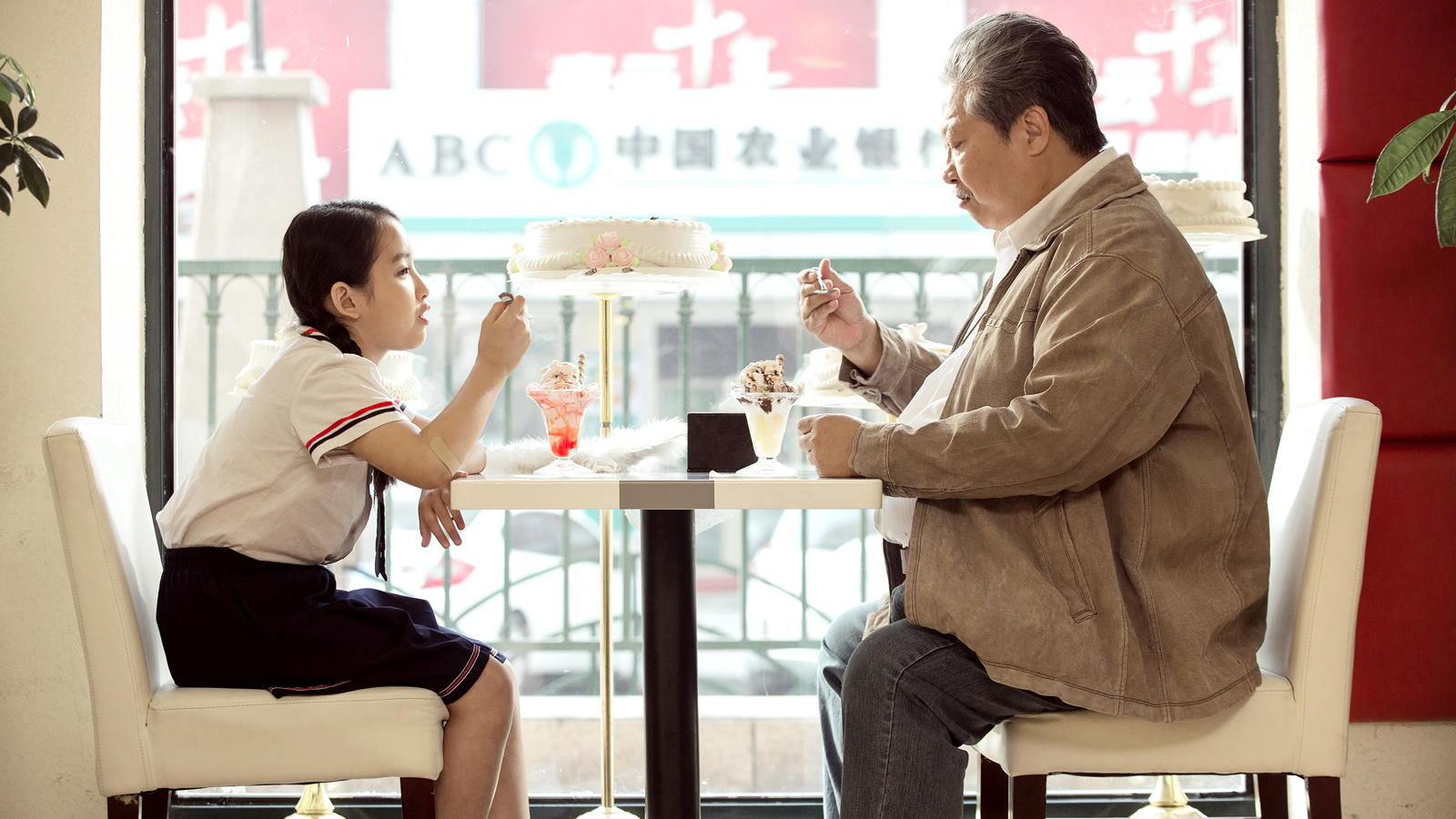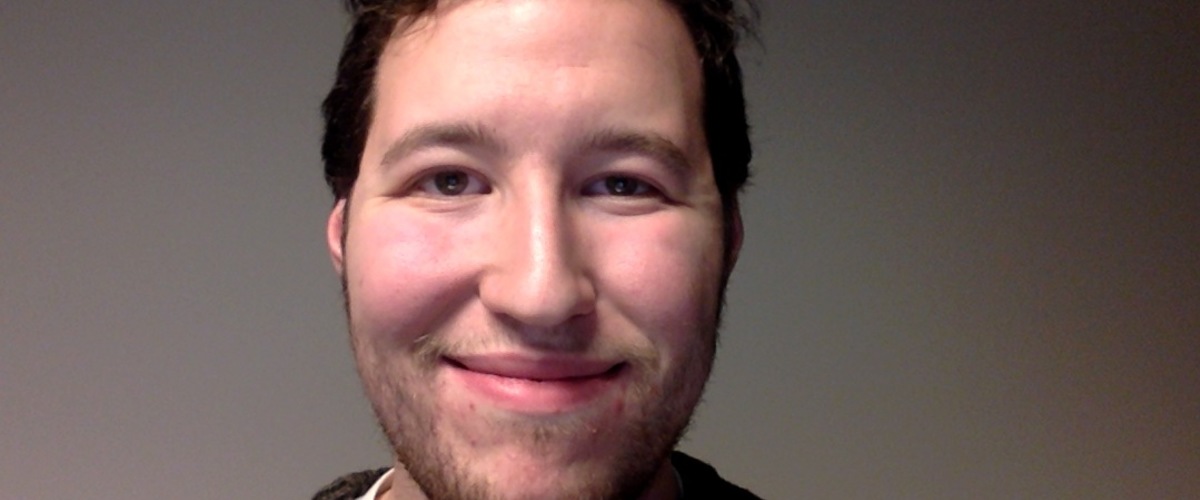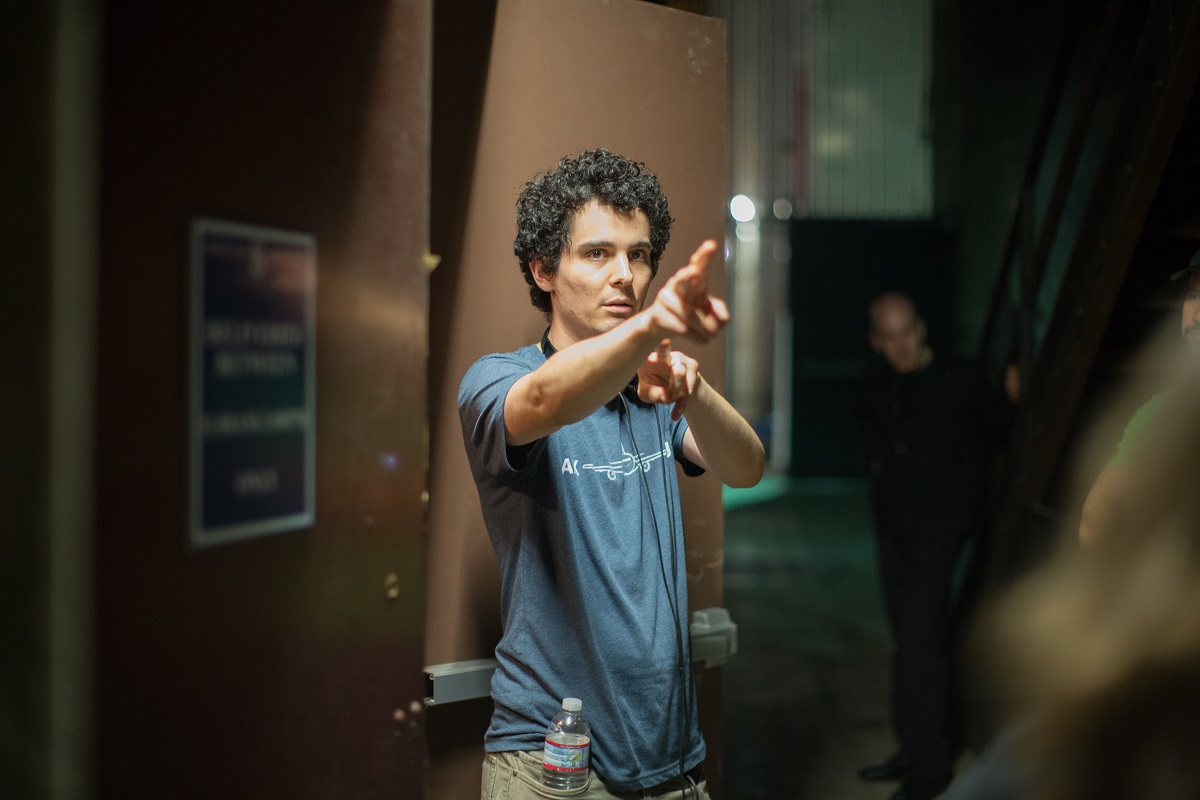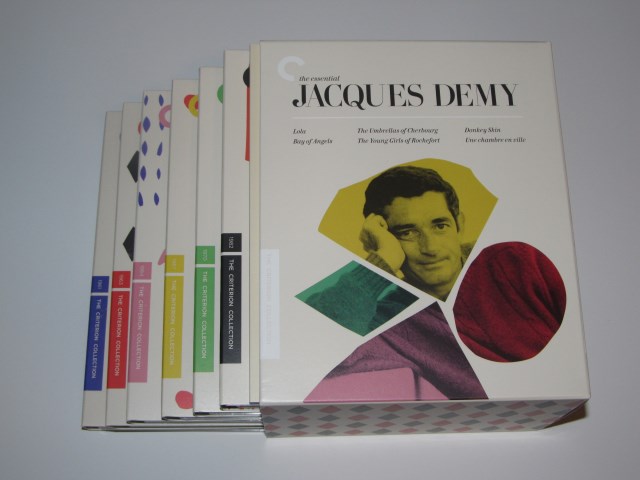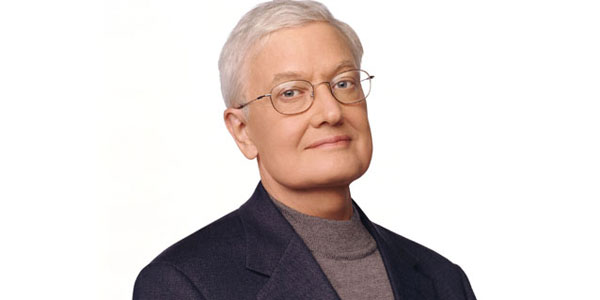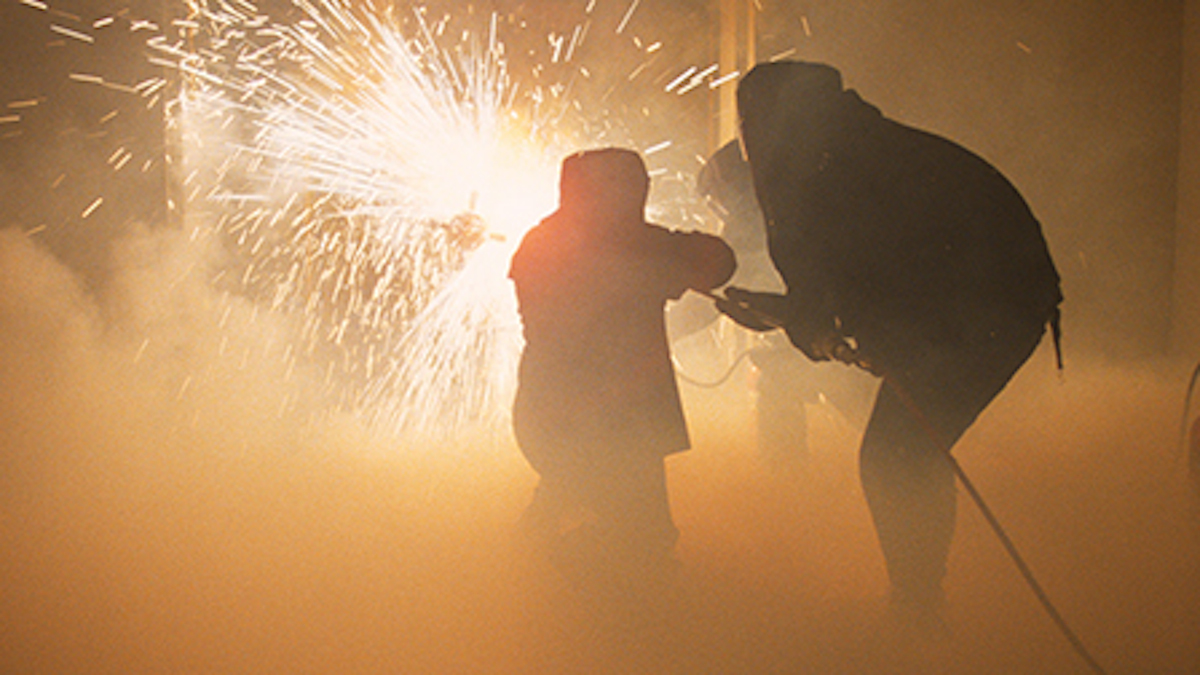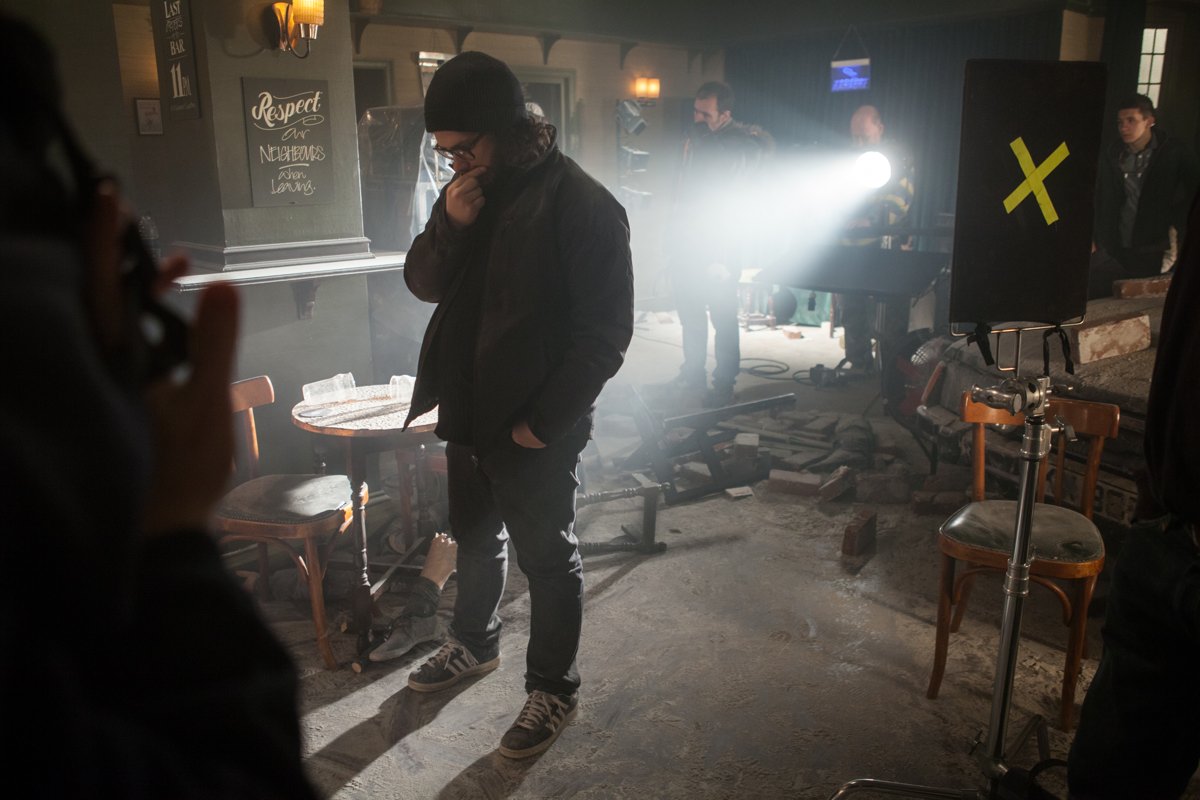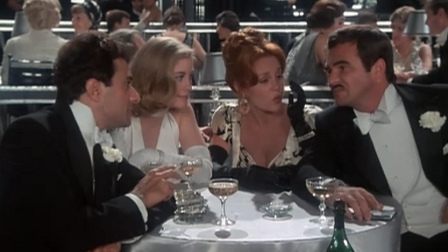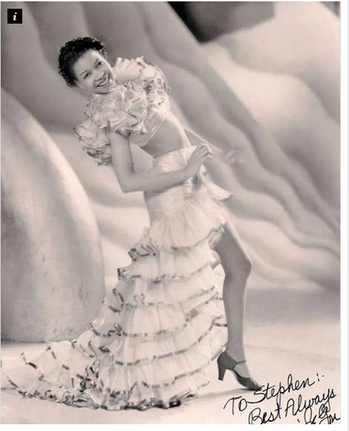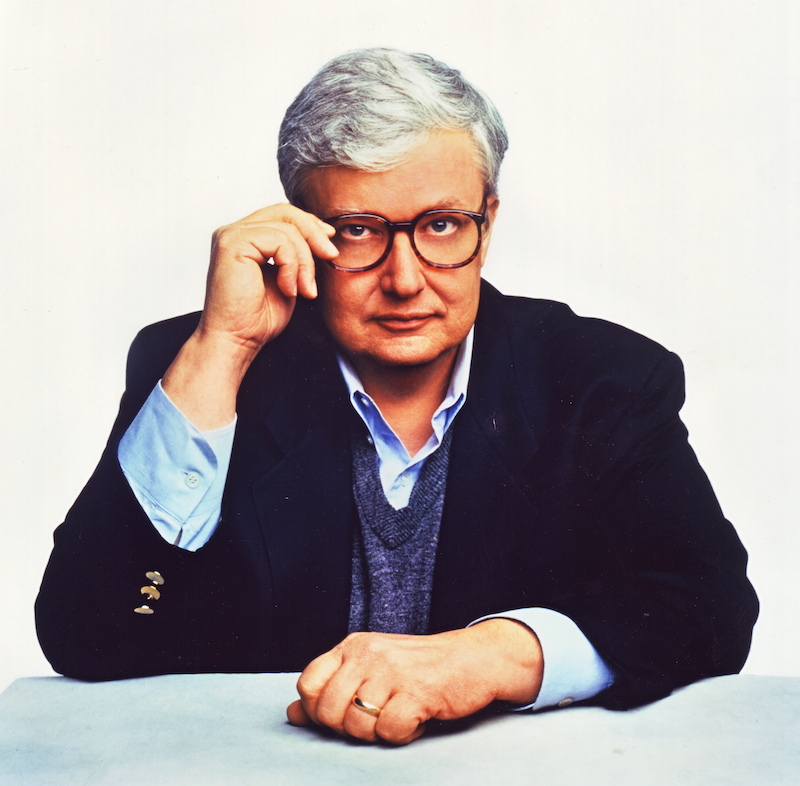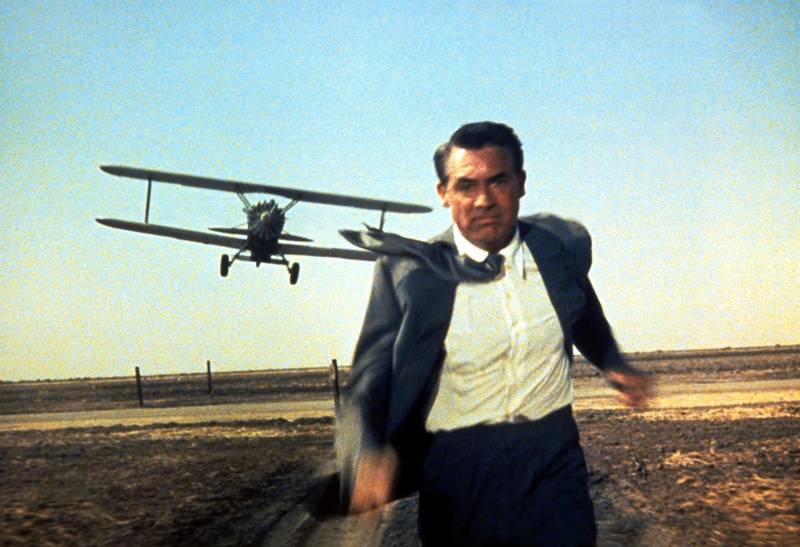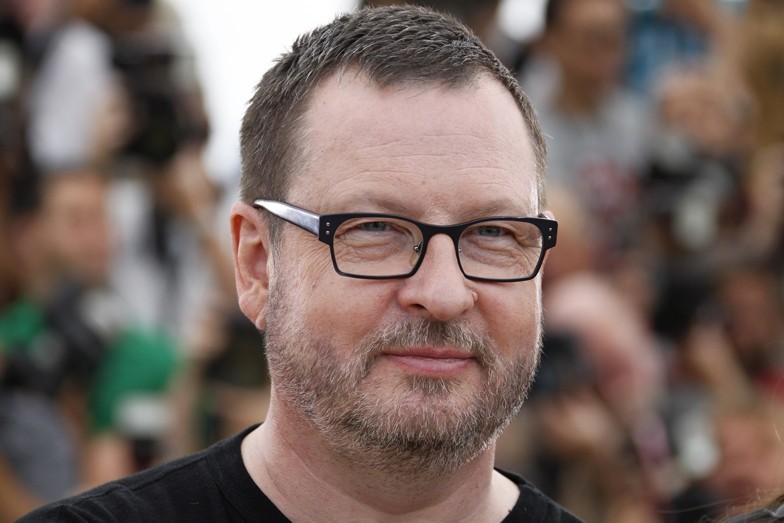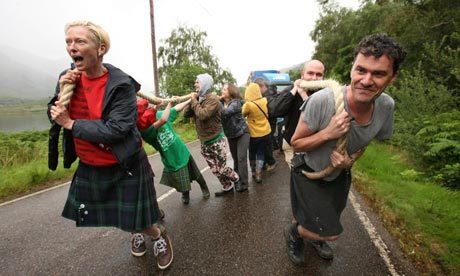Blog Posts That Mention Gene Kelly
Bright Wall/Dark Room February 2021: Who Could Ask for Anything More?: Watching Gene Kelly From a Child’s-Eye View by Ethan Warren
The Editors
Meet the Writers: Cortlyn Kelly
Cortlyn Kelly
Daughters of the Dust to be Presented by Chaz Ebert as Part of the Gene Siskel Film Center’s Chicago Favorites Series
The Editors
Kelly Made a Lasting Splash
Roger Ebert
Peter Bogdanovich on “At Long Last Love”
Donald Liebenson
100 Great Moments in the Movies
Roger Ebert
Jeni le Gon: The first black woman signed by Hollywood was livin’ and dancin’ in great big way
Roger Ebert
Why we are all doomed
Jim Emerson
Singin’ 2: Electric Boogalooing in the Rain
Jim Emerson
Leonard Maltin: Still “Movie Crazy”
Jim Emerson
The Idealist’s Journey
Mira Singer
Spit On A Griddle: The Return of Francis Ford Coppola’s One from the Heart
Peter Sobczynski
Jackie Chan: Emergence of a Superstar is Essential For Fans of the Legendary Star
Walter Chaw
Bright Wall/Dark Room September 2023: I Used to Float, Now I Just Fall Down by Lindsey Romain
The Editors
Judy Garland’s Last Film at MGM: Interview with Author David Fantle
Nell Minow
The Walking Dead Finds Religion In the Compelling, Odd Spinoff Daryl Dixon
Clint Worthington
Hopelessly Devoted: Olivia Newton-John (1948-2022)
Nell Minow
The Mystery Was the Point: On the Life of Dean Stockwell (1936-2021)
Sheila O'Malley
Apple TV+’s Schmigadoon! Puts on a Dazzling, Self-Aware Show
Nick Allen
A Love Letter to Musicals: Schmigadoon!’s Director, Co-Writer, and Cast on the New Musical Series
Nell Minow
What to Watch During a Quarantine
The Editors
Stanley Donen: 1924-2019
Carrie Rickey
Born This Way: Why 1954’s A Star Is Born Is Still The Best
Matt Fagerholm
30 Minutes on: “The Greatest Showman”
Matt Zoller Seitz
Ebertfest Flashback: Donald O’Connor on “Singin’ in the Rain”
Matt Fagerholm
Debbie Reynolds: 1932-2016
Dan Callahan
New York Asian Film Festival 2016 Preview
Simon Abrams
Meet the Writers: Nick Allen
Nick Allen
Rise of a Star, Death of a Soul: Damien Chazelle on “Whiplash”
Matt Fagerholm
Criterion’s “The Essential Jacques Demy”
Peter Sobczynski
Still Present: Memories of Roger Ebert a Year After His Passing
The Editors
Blu-ray Consumer Guide: March 4, 2014
Glenn Kenny
Edgar Wright: “I am a film school reject. Twice!”
Justine Elias
It Really Is De-Lovely: At Long Last, “At Long Last Love” Returns
Peter Sobczynski
Jeni le Gon: The first black woman signed by Hollywood was livin’ and dancin’ in great big way
Roger Ebert
AFI list is full of talent but empty of meaning
Roger Ebert
100 great movie moments
Roger Ebert
Reflections after 25 years at the movies
Roger Ebert
101 102 Movies You Must See Before…
Jim Emerson
Deep Focus: Freedom of (eye-)movementin eight of the greatest long takes ever
Jim Emerson
Opening Shots: ‘Superman,’ ‘Lost in Translation,’ more
Jim Emerson
Piracy isn’t always that simple
Michael Mirasol
“The Artist” and the new Herzog
Roger Ebert
Danish filmmaker emerges from `Dark’
Roger Ebert
Our gal Tilda and her magical perambulating film festival
Roger Ebert
Donald O’Connor, ‘Singin’ in the Rain’ star, dead at 78
Roger Ebert
Frank Sinatra’s legend lives on in films
Roger Ebert
Quentin Tarantino, a ‘Pulp’ Hero
Roger Ebert
Interview with Larry Parks
Roger Ebert
Movie Answer Man (07/29/2001)
Roger Ebert
Movie Answer Man (11/05/2000)
Roger Ebert
Movie Answer Man (09/03/1995)
Roger Ebert
Popular Reviews

The best movie reviews, in your inbox
